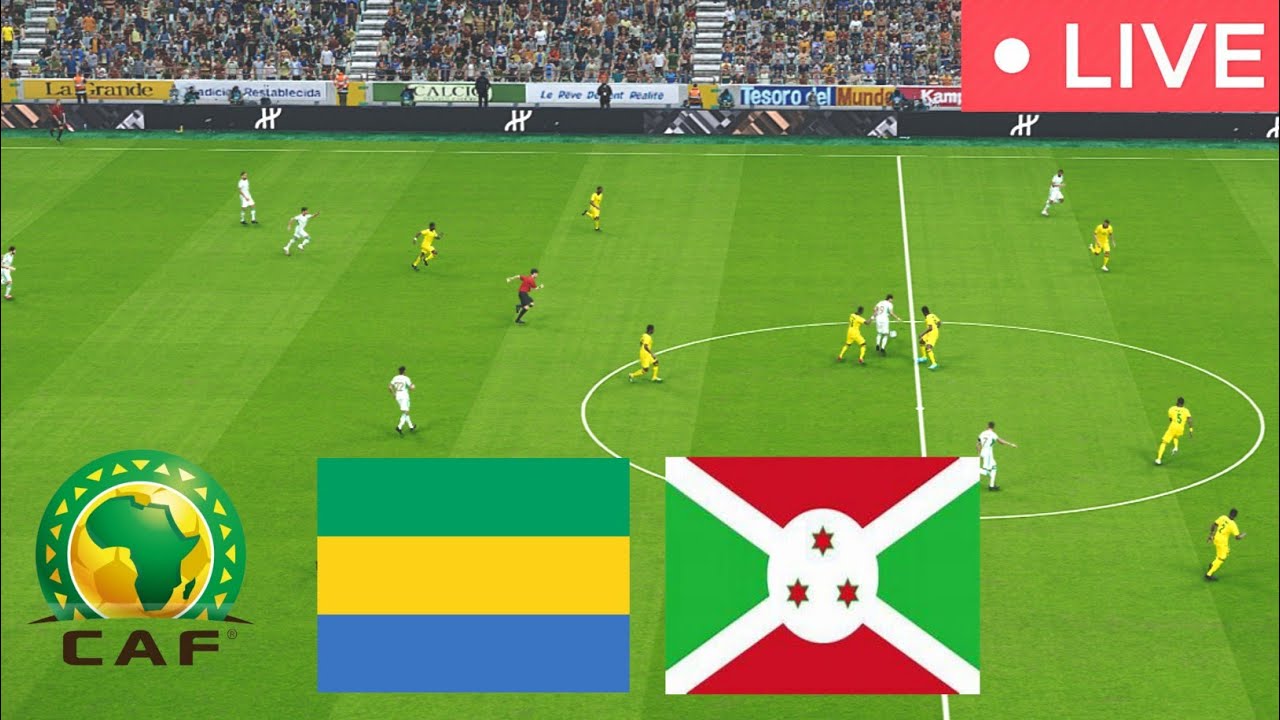Introduction
The comparison between Norway and Estonia is not just about geographical proximity; it encapsulates two distinct cultures and economies within Europe. While Norway is known for its stunning fjords and high standard of living, Estonia boasts a rapidly developing tech scene and a unique blend of historical influences. Understanding the differences and similarities between these two nations is crucial for appreciating their regional dynamics and influences.
Geographical Context
Located in Northern Europe, Norway is situated on the Scandinavian Peninsula and is characterized by its dramatic landscapes, including mountains, waterfalls, and coastlines. In contrast, Estonia, on the northeastern edge of Europe, borders the Baltic Sea and is known for its flat terrain, numerous islands, and medieval towns. The geographical contexts of both nations significantly influence their economies, cultures, and lifestyles.
Cultural Differences
Norway and Estonia have rich, yet different cultural heritages. Norwegian culture is heavily influenced by its Viking history, with traditions manifested in its folklore, music, and national celebrations. The Norwegians celebrate their constitution day on May 17th with parades and festivities that reflect their national pride.
Estonian culture, on the other hand, has been shaped by its history of invasions and occupations, including a long period under Soviet rule. It is rich in folklore, choral music, and unique festivals such as the Tallinn Old Town Days. The Estonian language is one of the most distinctive among the Baltic countries and has a close relationship with Finnish.
Economic Overview
Economically, Norway is one of the wealthiest countries in the world, largely due to its significant oil and gas reserves. The oil sector contributes a substantial amount to the nation’s GDP and allows for a robust welfare state that offers free education and healthcare to its citizens.
In contrast, Estonia has transformed from a post-Soviet economy to a digital pioneer. Known for its e-services and tech startups, it consistently ranks high in the EU for innovation. The Estonian government actively encourages entrepreneurship, which has led to a vibrant startup culture.
Political Landscape
Norway enjoys a stable political environment characterized by strong democratic traditions and is not a member of the EU. However, it engages robustly with EU policies through the European Economic Area (EEA). Estonia, as a member of the EU and NATO, has a political landscape that emphasizes digital governance and security.
Conclusion
Ultimately, the comparison of Norway and Estonia reveals two nations that, while geographically close, offer distinct experiences shaped by their unique histories and environments. Understanding these differences can foster greater appreciation for their roles within Europe. As both countries move forward, continued developments in technology and trade will further define their landscapes and interrelations on the continental stage.

